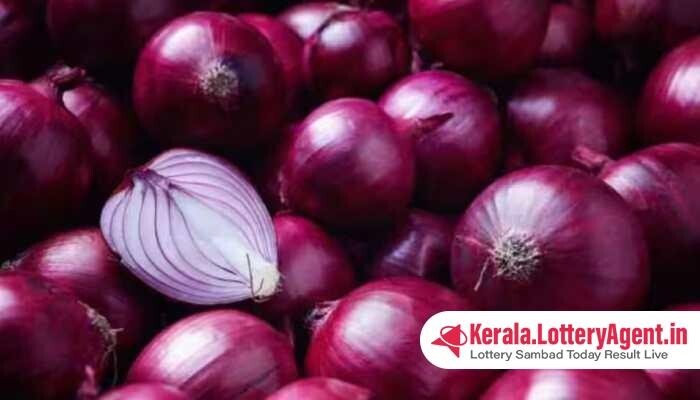
Amidst soaring domestic demand and guarding against potential shortages, the Indian government has taken a calculated step in the agricultural export sector. New Delhi has approved the export of 99,150 metric tonnes of onions to six nations, as officially communicated by the Ministry of Consumer Affairs on Saturday. The nations set to receive these consignments are Bangladesh, the United Arab Emirates, Bhutan, Bahrain, Mauritius, and Sri Lanka.
Why the controlled release of onion stocks overseas? India is grappling with the prospect of reduced onion yields from both the Kharif and Rabi harvests for the agricultural year 2023-24. This forecast, lower than the previous year, paired with an uptick in global demand for this staple kitchen commodity, has compelled authorities to institute an export ban to stabilize domestic availability and prices.
The intermediary responsible for these exports, the National Cooperative Exports Limited (NCEL), has mobilized to acquire the onions through an e-platform, securing them at L1 (lowest) prices. These onions are then provided to the agencies designated by the receiving countries, which have negotiated the terms and made 100% advance payments. The Food Ministry outlined that NCEL’s offer rate to buyers factors in the going rates within both local and international markets, as well as the destination market’s prevailing prices. The allotment for these exports complies strictly with the requisitions received.
Maharashtra, renowned as the top onion producer in India, plays a critical role, being the primary source of onions for NCEL’s exports. In further support of the export market, the government has also permitted the shipment of 2,000 metric tonnes of white onions, a variety specifically nurtured for foreign markets in the Middle-East and Europe.
Cultivation of the export-centric white onion demands a heavier financial outlay due to its higher seed costs and the required adherence to Good Agricultural Practice (GAP) standards and stringent Maximum Residue Limits (MRL).
Further domestic measures include the establishment of a 5 lakh tonnes procurement target for the onion buffer under the Price Stabilisation Fund (PSF) of the Department of Consumer Affairs for the year. With this directive, Central Agencies like NCCF and NAFED are collaborating with local entities — including FPOs, FPCs, PACs — to expedite the procurement, storage, and farmer registrations necessary for the sourcing of any onions deemed storeroom-worthy.
An illustrative campaign has been launched with a high-level team from the Department of Consumer Affairs, NCCF, and NAFED visiting the districts of Nashik and Ahmednagar in Maharashtra. Conducted from April 11-13, 2024, this initiative is designed to educate farmers and local organizations about the procurement protocol for 5 LMT of onions designated for the PSF buffer.
The government is also turning to technology to mitigate onion wastage during storage. With assistance from the Bhabha Atomic Research Centre (BARC) based in Mumbai, the Department of Consumer Affairs is intensifying its efforts. From the previous year’s 1,200 metric tonnes, there has been a significant ramp-up in the capacity of stocks to be subjected to irradiation and cold storage – an impressive increment to 5,000 metric tonnes this year. The pilot project implemented for onion irradiation and cold storage last year yielded promising results, indicating a substantial decrease in storage losses to less than 10%.
These multi-faceted strategies highlight the Indian government’s dual commitment: bolstering domestic culinary security while judiciously catering to the international market’s needs. With this close monitoring and adaptive management, India aims to harmonize its status as a major onion-producing nation with its responsibility to its citizens and global trading partners.












